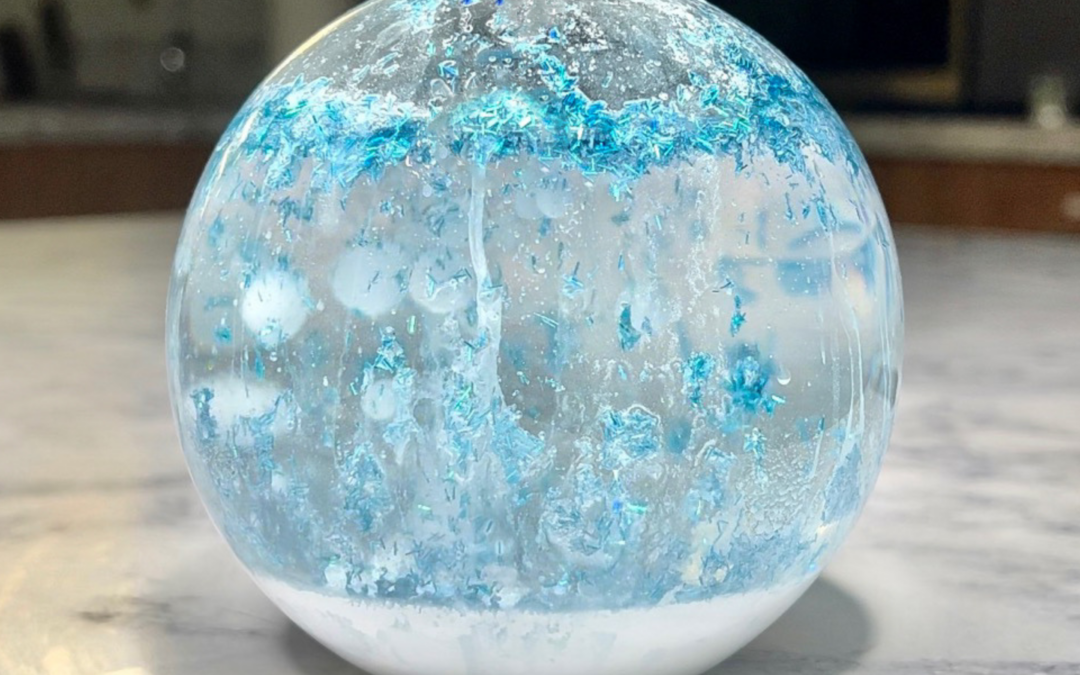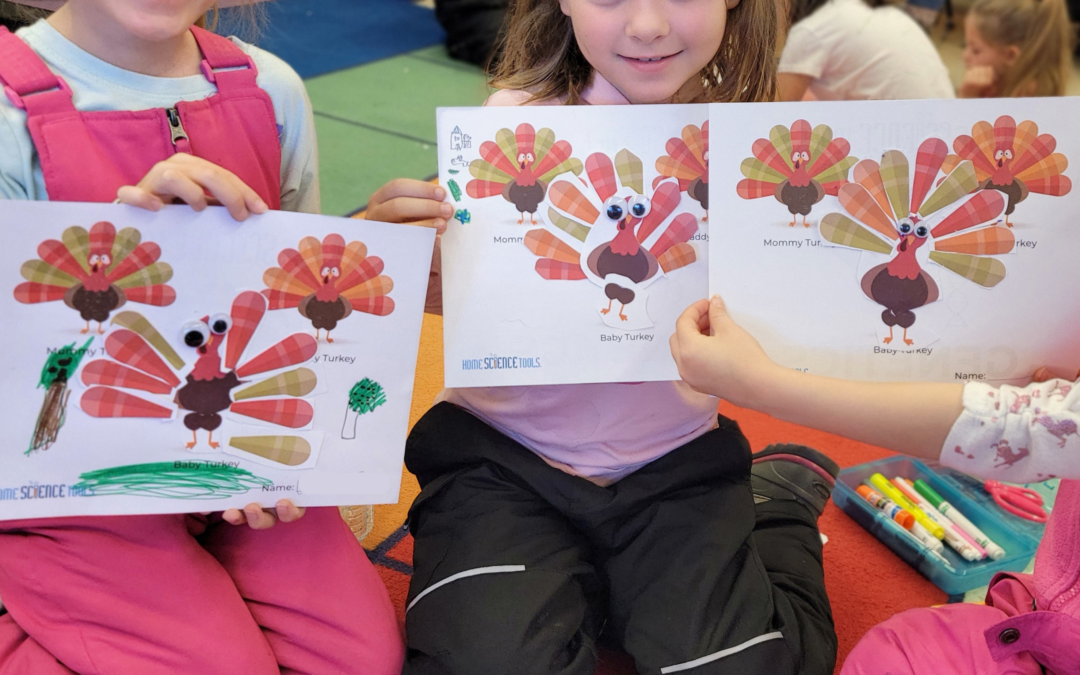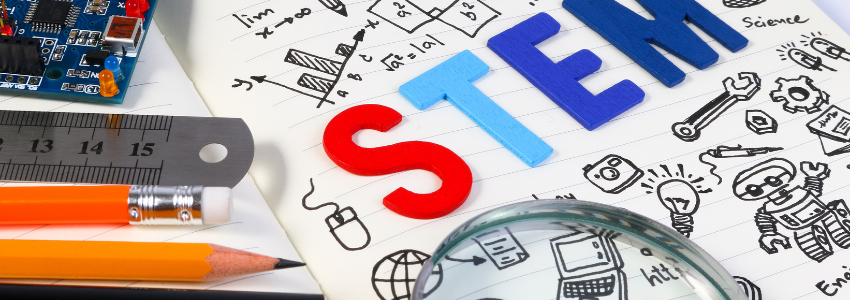The definition of dexterity is defined as the ability and ease of using one’s fine motor skills to grasp or pinch objects. Tasks such as pinching require tiny muscles in the hand to be strengthened. These small muscles often strengthen after larger muscles, those that are responsible for gross motor skills.
The term dexterity comes from the Latin word dexteritas. There are actually two types of dexterity; manual dexterity and verbal dexterity. Manual dexterity is what we will talk about in this article, but verbal dexterity has to do with mental skill in vocabulary and the ability to learn new words. We’ll save that kind of dexterity for another article.

Students can struggle with reduced or limited manual dexterity for several reasons, including young age and developmental disabilities. Being a teacher with a student struggling with limited or reduced dexterity can be frustrating, but there are opportunities to increase the deftness of a student or adapt student materials to their ability level.
As you grew up, you may not have noticed that you were building the strength of the muscles in your hands. However, as an adult, you may be distinctly aware of times when your student’s muscles weren’t strengthened enough to accomplish tasks that required grip strength. Thankfully, there are many opportunities to improve grip strength and adroitness through the use of hands-on science fun!
Activities to Help Increase Dexterity
Play Dough and Clay
Many kits contain playdough or clay. If your kit contains either of these items, you can encourage your student to play with them prior to use for the intended experiment or activity. Playdough and clay are different densities. These differences require the small muscles in the hand to work differently than when using items that are less dense, or densities they commonly work with. You can encourage your student to squish, pinch, and squeeze the play dough while they are engaging in play or in the intended activity.
Stress Balls
Stress balls can be used for many reasons, but can also help students increase their nimbleness. While not all kits come with the necessary materials to create a stress ball, the simplest versions are a balloon filled with water, putty, or another similar substance. Encourage your student to squeeze the stress ball. If your student already uses stress balls for assistance reducing anxiety or fidgeting, you can encourage them to squeeze or use their stress ball in other ways as well.
Making Slime
Slime always wins! Plus, making slime can be a fantastic way to increase your student’s dexterity because it requires stirring, mixing, and kneading. When mixing the contents to create slime, provide your student a spoon that is thinner. This requires them to grip more intensely in order to hold onto the spoon while stirring their putting. You can also provide your student several spoons to see which they like best. If your student would rather get their hands dirty to do the mixing, encourage them to squeeze, pull, push, and knead the materials together. This too requires the use of those small hand muscles that don’t get used as regularly.
Dirt, Sand, and Powders for Children Who Struggle With Reduced Dexterity
Often kits come with sand, peat moss, or powders (baking soda, plaster of Paris, salt). While these items do have an intended purpose, there’s no reason they can’t also be used to assist with increasing your student’s dexterity. If you are working on dexterity before using these items in a kit, make sure to check ahead for the amount needed; you don’t want to spill some and not have enough later when you need it. If you have finished using that item in a kit, enough fun opportunities exist where you can use it to increase the use of those small hand muscles required for increasing their dexterity. Sand, peat moss, and powders often require a good hand workout to use. Encourage your student to scoop, dig in, and build with these materials to increase the workout their hands have.






